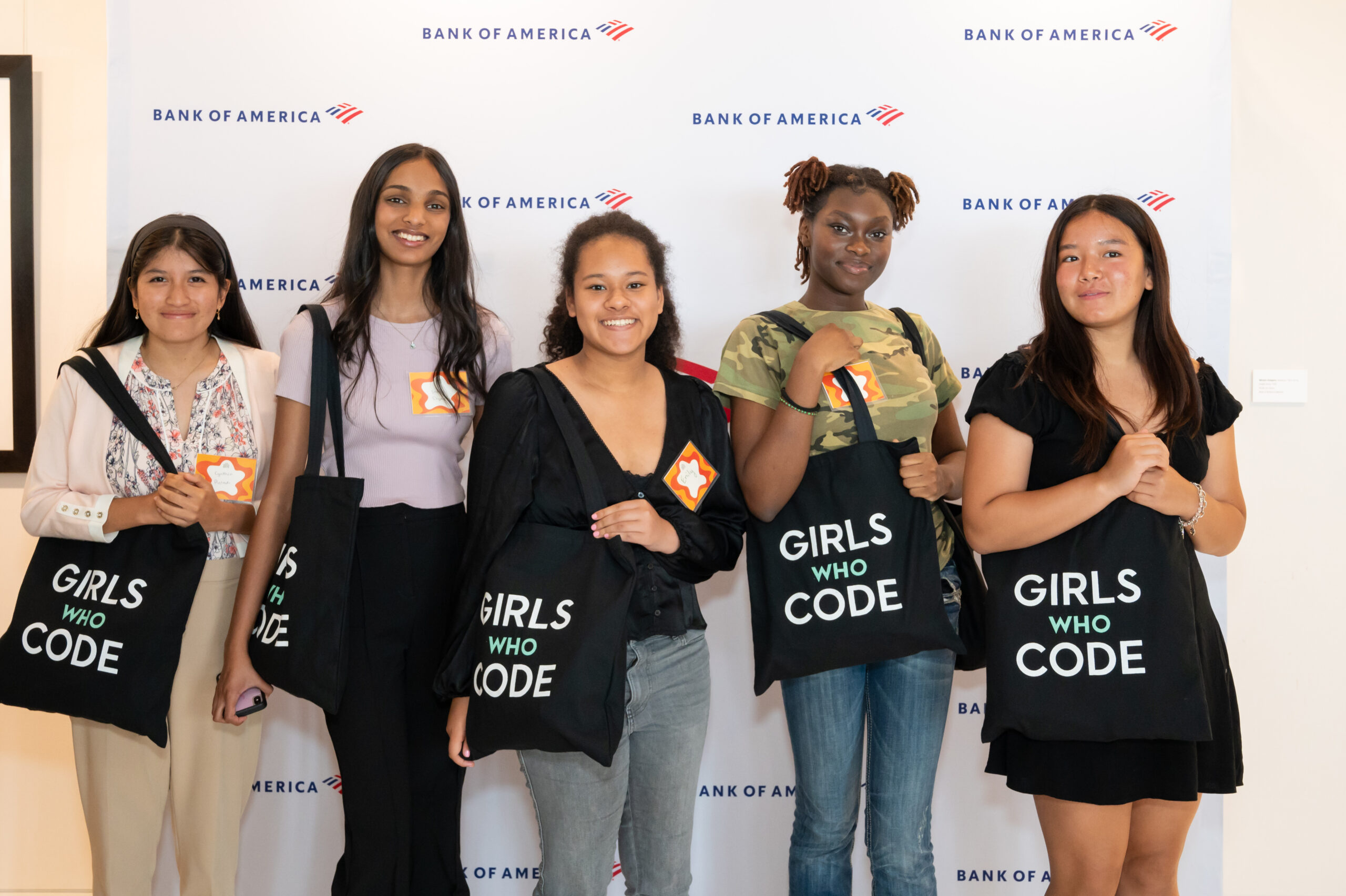Banking
Women, technology, and fighting underrepresentation: A Bank of America and Girls Who Code story
- Women are underrepresented in tech classrooms and jobs and changing this requires committing deeply, building career paths and providing access to mentors.
- Dive into Bank of America's work with Girls Who Code, an organization that provides young women technical skills and mentors to increase the number of women in computer science.








